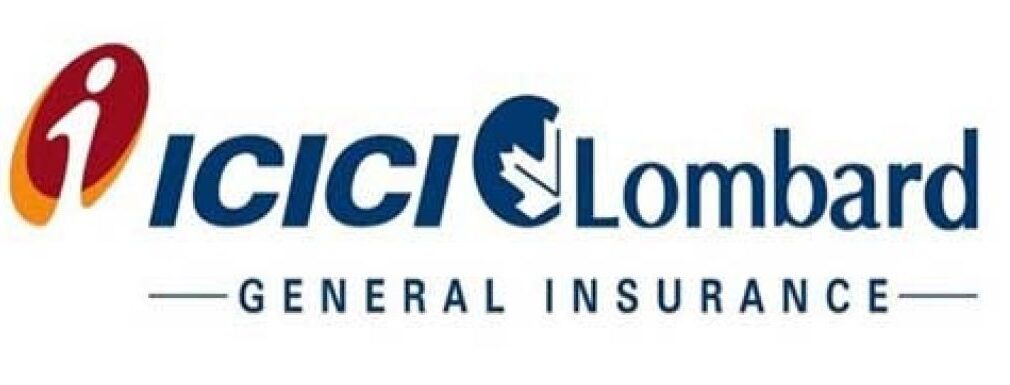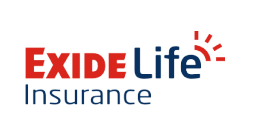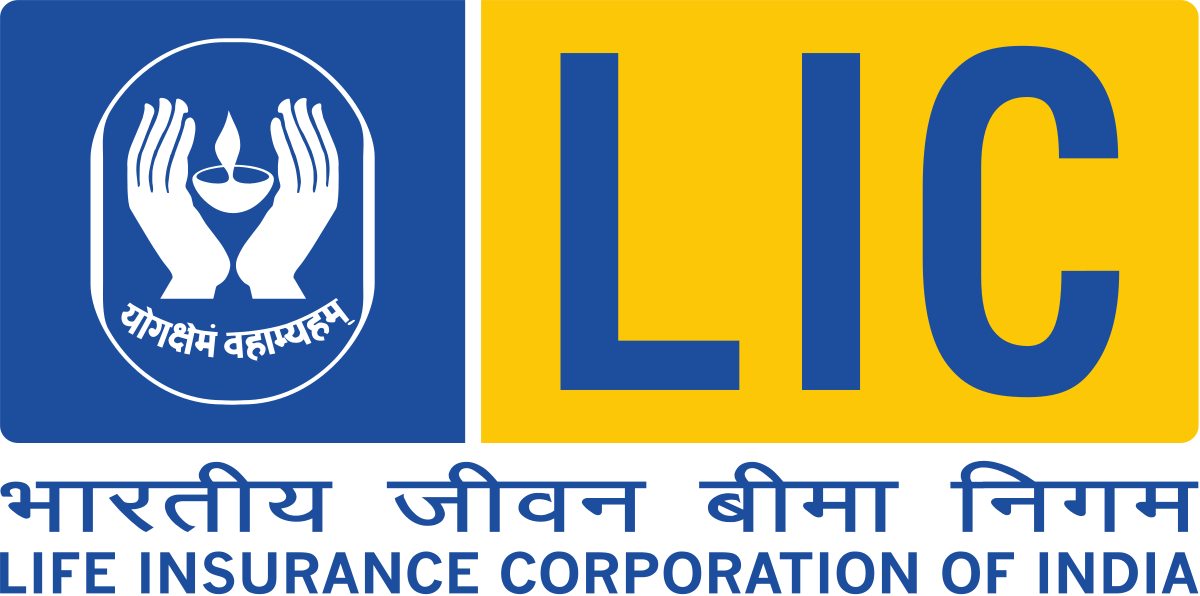5 key things to know about Incurred Claim Ratio
Saikat (30-year-old) lives in Kolkata with his wife (27-year-old) and daughter (4-year-old). Saikat works as an assistant manager in a private company and is the sole bread-earner of the family. To cope up with the medical inflation in Kolkata and to safeguard his family’s health, Saikat has decided to purchase a comprehensive health insurance policy that will protect the family against most ailments and diseases. Since Saikat doesn’t have sound knowledge of insurance, hence understanding the technical nuances can be an arduous task for him. It is difficult for him to understand technical terms like incurred claim ratio, claim settlement ratio, and many more.
Here, we are going to discuss some more about the incurred claim ratio in health insurance so that people like Saikat don’t feel awkward while purchasing a health policy.
What is the incurred claim ratio?
The incurred claim ratio meaning is the ratio of an insurance company’s net claims paid against its total collected premiums. Every year, the IRDAI publishes the information on incurred claim ratio of health insurance companies so that customers can purchase health insurance policies comfortably. The best incurred claim ratio signifies an insurer’s ability to settle the claims of its policyholders. If the incurred claim ratio of an insurer is greater than 100%, then it depicts that the insurance company has given more than its collected premium amounts.
If a company owns an ICR between 50% -100%, then this indicates the company has received more premium amounts than it has paid off as claims to policyholders. In such conditions, the insurance company has made a humongous profit and embraced its policyholders with good quality products. In addition, the company has clearly stated to its policyholders where claims should be made and where they shouldn’t expect any health reimbursement claim from the insurer.
On the other hand, if an insurer has an ICR value of less than 50%, then either the company is earning hefty profits by hardly settling the policyholders’ claims. So, you should be cautious while purchasing a health insurance policy from this type of insurer.
How to calculate the ICR?
Let’s take a look at the incurred claim ratio formula.
Incurred claim ratio= total claims incurred by the insurance company/total premium amount collected from policyholders. For the success of an insurer, the ICR plays a pivotal role.
Though ICR is an important metric for evaluating an insurance company’s success still, it doesn’t portray the entire story. Following are certain imperative things that you must consider when it comes to a company’s ICR. As a policyholder, you should be aware of these things.
5 key things to know about incurred claim ratio
- Take a close look at the products of the insurer
- Lesser Earnings
- If the ICR is less than 50% and between 50-100%
- If the ICR is more than 100%
- Why is ICR important in health insurance policy?
Take a close look at the products of the insurer
Don’t purchase a health insurance policy without considering the products of your selected insurance service provider. Because an incurred claim ratio depends on the type of policies that an insurer usually offers to its customers.
Lesser Earnings
The newbie or start-up insurance companies may not collect hefty premium amounts in the first few years of their inception. But they settled a good amount of claims from policyholders. As a result, their ICR value will be more than 100%. However, this indicates that these insurers are going through losses since the claim incidence is higher during the initial phase.
If the ICR is less than 50% and between 50-100%
If a company’s ICR is less than 50%, then it is earning a plethora of profits. But this will not be helpful for policyholders. This indicates that the company has earned more premium amounts as compared to the claim settlement amounts.
On the other hand, if a company holds an ICR value between 50-100%, this is beneficial for both policyholders and the insurer. This portrays the insurance company offers adequate coverage that comes with proper features. In addition, the company maintains transparency in every step, and the claim settlement process is also convenient. Thus, it would be wise to choose a company with an incurred ratio between 70-90%.
If the ICR is more than 100%
If a company’s ICR surpasses about 100%, the insurance company offers more claims than its accumulated premiums. This means the company is suffering from a loss, and very soon, all the claims will be declined. So don’t buy a health insurance policy from an insurer whose ICR is consistently beyond 100%.
Why is ICR important in health insurance policy?
The incurred claim ratio plays a pivotal role in your health insurance buying decision. If your selected company has a higher ICR, then this is beneficial for policyholders because the company is reliable and steadfast. Moreover, it is paying off all the claims of the policyholders. A higher ICR also shows lower profits for insurance companies. Suppose an insurance company holds an ICR value of 90 %. In that case, this means the company has spent 90% of its accumulated premiums settling the claims of customers, and the residual 10% is the company’s profit.
Difference between incurred claim ratio and claim settlement ratio (CSR)
Very often, policy buyers get confused with these two terms, but these two have different meanings. A claim settlement ratio indicates the ratio of settled claims to the total claims filed in a financial year. So, if an insurance company has a claim settlement ratio of 90%, this indicates the insurer has settled 90 out of 100 claims filed in a year. The remaining 10% of claims are either in the process or rejected by the insurer.
Now, you have enough information about incurred claim ratio and how it influences your purchase decision if you are looking for the best health insurance policy for your family.




























